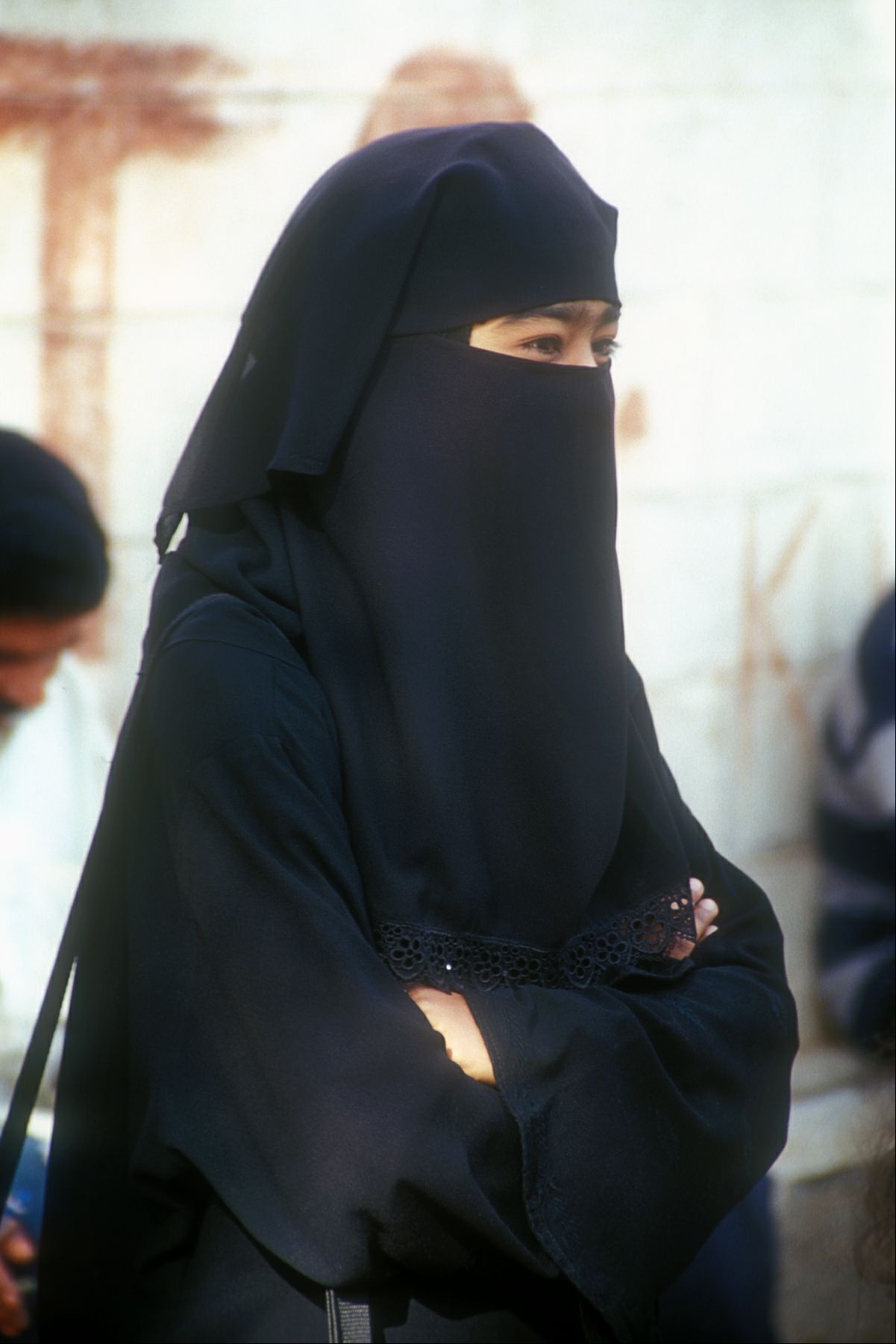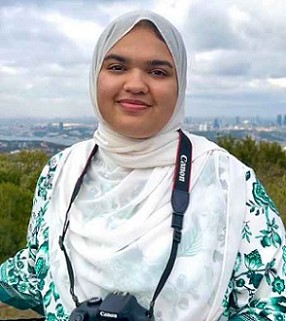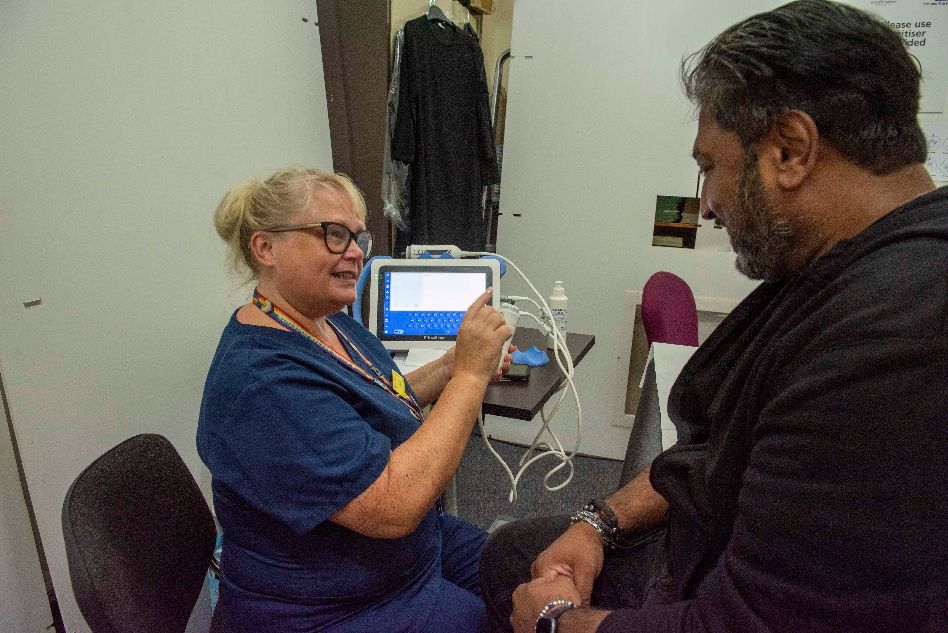The hijab, according to a recent landmark Indian court ruling, has something to do with culture but certainly not with religion. A three-judge bench in the southern state of Karnataka upheld a government ban on the headscarf in schools and colleges on the grounds that wearing it was not essential to Islam.
The verdict, which came in the wake of a polarising row over the hijab, has been challenged in the Supreme Court - an appeal against the ban was filed hours after the high court order. But legal experts and scholars have begun weighing in, trying to unpack what the ruling means in a diverse country where public displays of faith are common.
At the heart of verdict is the so-called "essentiality test" - used to determine if something is essential to a faith - which Indian courts are increasingly using to settle disputes around religion. This was the question that drove the hearing and formed the basis of the 129-page verdict.
The petitioners were a group of Muslim girls barred from wearing the hijab in class in a government college in Karnataka's Udupi district - they protested, but the college didn't relent, and the matter ended up in court. The girls argued that banning the hijab was not only discriminatory, but also impinged on their right to freedom of expression and religion.
Their faith, they said, required them to cover their head. The government challenged this, saying that the burden was on the petitioners to prove that the hijab was an essential religious practice.
After 11 days of heated exchanges and adjournments, the court concluded that the petitioners had miserably failed to prove this. Quoting passages from the Koran, it ruled that: "It is not that if the practice of wearing hijab is not adhered to, those not wearing hijab become the sinners, Islam loses its glory and it ceases to be a religion."
Therefore, it added, the state has the right to prescribe a uniform without the hijab - it dismissed the students' objections, saying the rule was a "reasonable restriction" on their constitutional rights.
"What is not religiously made obligatory therefore cannot be made a quintessential aspect of the religion through public agitations or by the passionate arguments in courts," the order said. But constitutional experts and legal scholars say this is not a question for the court to decide.
"You're entering into theological terrain that lawyers and judges have little knowledge about," says senior Supreme Court lawyer Rebecca John,” Ms John says. "When it comes to faith, there's no uniformity in religious practices - you may come under the umbrella of a particular religion but everybody has their own distinct flavour,"
"Even the hijab is symbolic to many things for many kinds of people. The easiest way to condemn it is to say it's oppressive but across the world, it is used as a symbol of resistance.
“So, we can't define what is essential in absolute contours - people adopt it for different reasons." By doing so, she adds, the court is stripping women of their agency, reducing complex and intimate choices to simple binary ones.
The Indian constitution allows states to curb the right to freedom of religion on the grounds of public order, health and morality. But the essential religious practice test - which is used to determine what practices are protected by the right to freedom of religion - was born in court.
The Supreme Court first used the term essential part of a religion in 1954, observing that a practice is essential if removing it causes a fundamental change in the religion.
"This empowered religious communities," says legal scholar and professor Deepa Das Acevedo. "What lay beyond the state's power to regulate or change would, effectively, be determined by the religious communities themselves."
But over time, she adds, Indian courts have started using the doctrine to do the "opposite", that is regulate these matters themselves. "So, the doctrine morphed from 'essentially religious' to essential to religion," she says.
This is unlike in other countries such as the US, where courts accept a plaintiff's assertion that a given practice is religious, without questioning it further. But in India the courts are making that decision - and somewhat arbitrarily, experts say.
In 2017, India's Supreme Court banned instant divorce in Islam, saying it was not an essential part of the faith and enjoyed no protection. In 1994, the top court had settled a contentious land dispute between Hindus and Muslims by saying that a mosque was not essential to practising Islam since namaz, or prayers, could be offered anywhere.
So, it ruled the land around the mosque could be given to Hindus. In 2018, the court again used the test to allow Hindu women of all ages to enter the Sabarimala temple, which historically restricted women of certain ages.
The court said the restriction was not an essential religious practice. In 2016, the high court in Kerala examined the Koran and said the text prescribed covering the head to be a religious duty and, therefore, deemed it essential to Islam.
It was hearing a petition by students who were not allowed to wear the hijab to a medical exam on the grounds that it would enable them to cheat. The petitioners in Karnataka had referred to this judgement, but this time the court rejected their argument.
"The court has applied the test in an inconsistent manner, repeatedly changing the method of determining essentiality, seriously undermining religious liberty," legal scholar Faizan Mustafa, wrote in his 2017 paper, Freedom of Religion in India. He argues that the test now restricts the scope of religious freedom guaranteed by the constitution.
On the other hand, experts are also not sure what would have been a good alternative doctrine to follow.
"If only I had an easy answer!" Ms Acevedo says. "The truth is that there is no such thing as a perfect doctrine. We hope that the laws we craft and the people who interpret and apply them do so as fairmindedly and as generously as possible. But that does not always happen. And it doesn't mean that hitting on the perfect doctrine would solve all of our problems."
Ms John says the emphasis should be on choice. "Who are we to say a woman's choice to wear the hijab is not well thought out?" Ms John asks.
"The court should've considered the agency argument instead of focusing only on the essentiality test." If you must implement uniforms, then it should be across the board.
“You can't allow someone to wear a bindi or have sacred threads around their wrist. When you insist on it only for one class of people, that's discriminatory."











